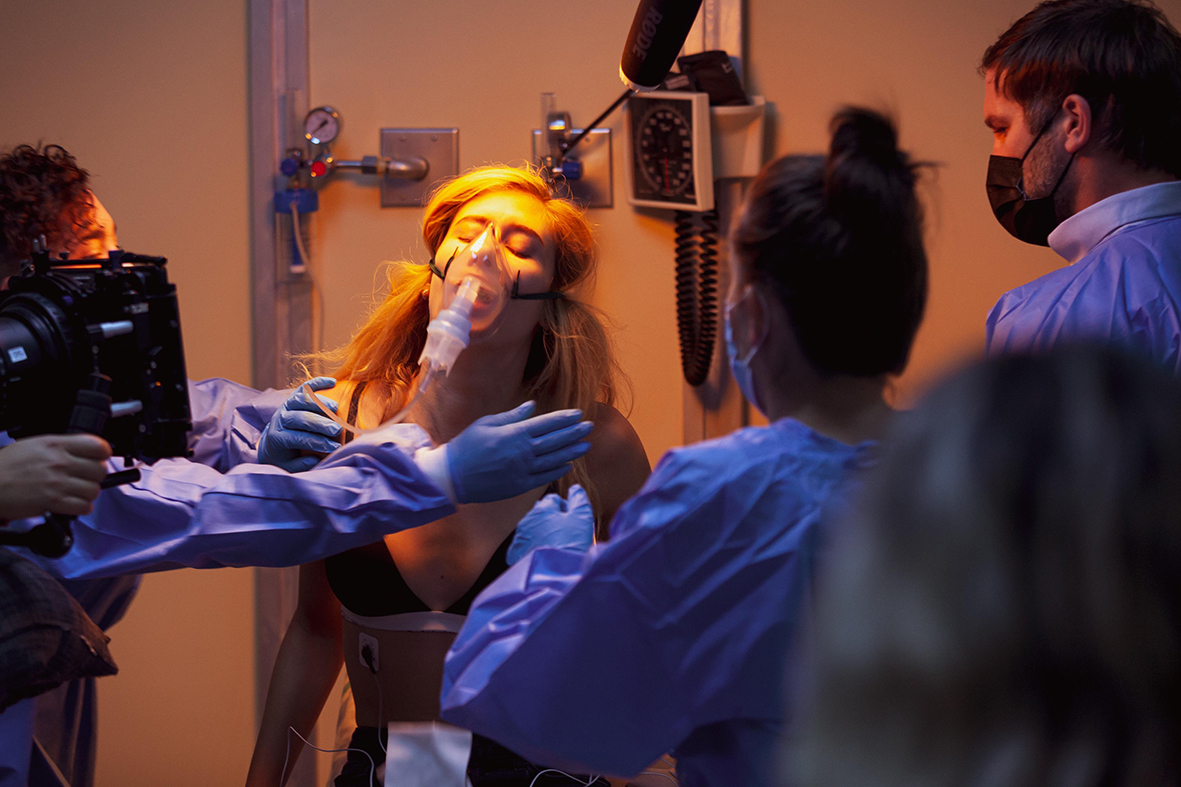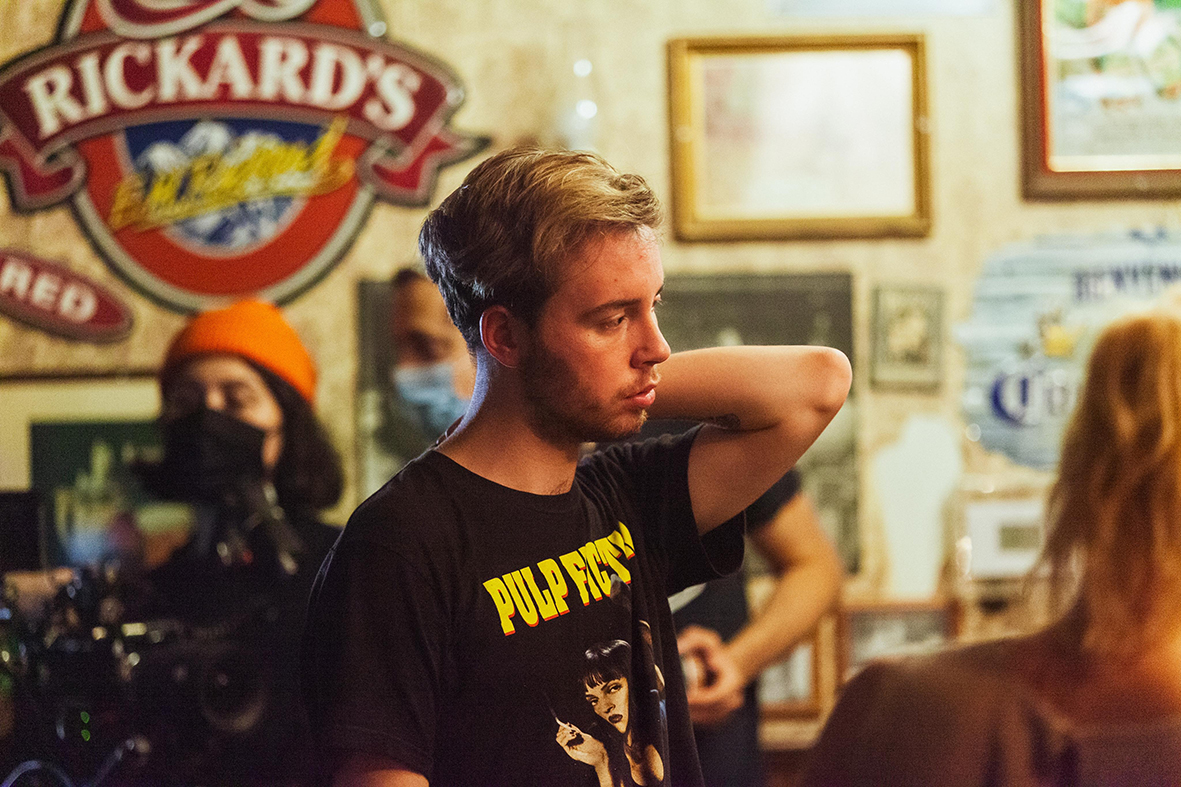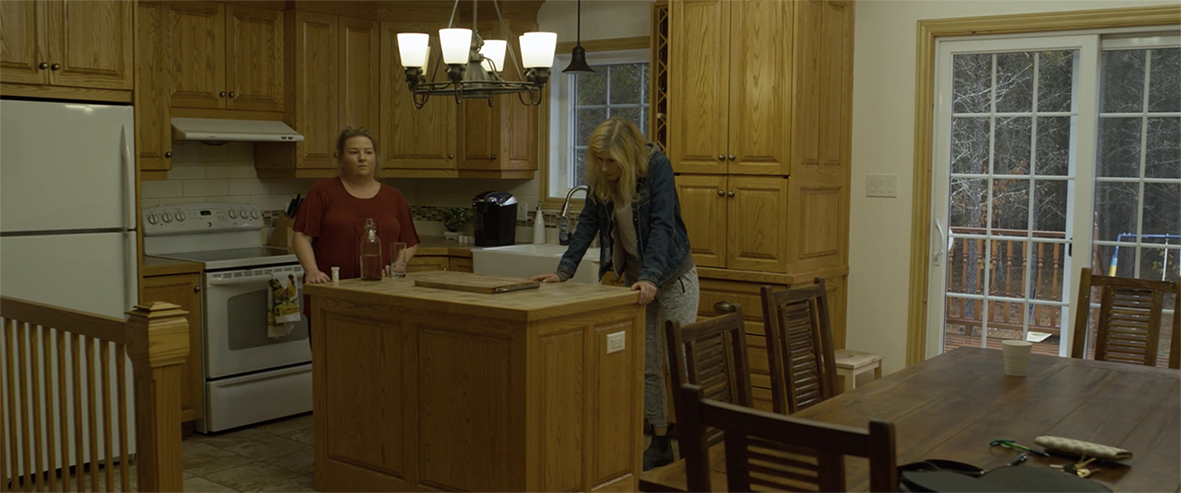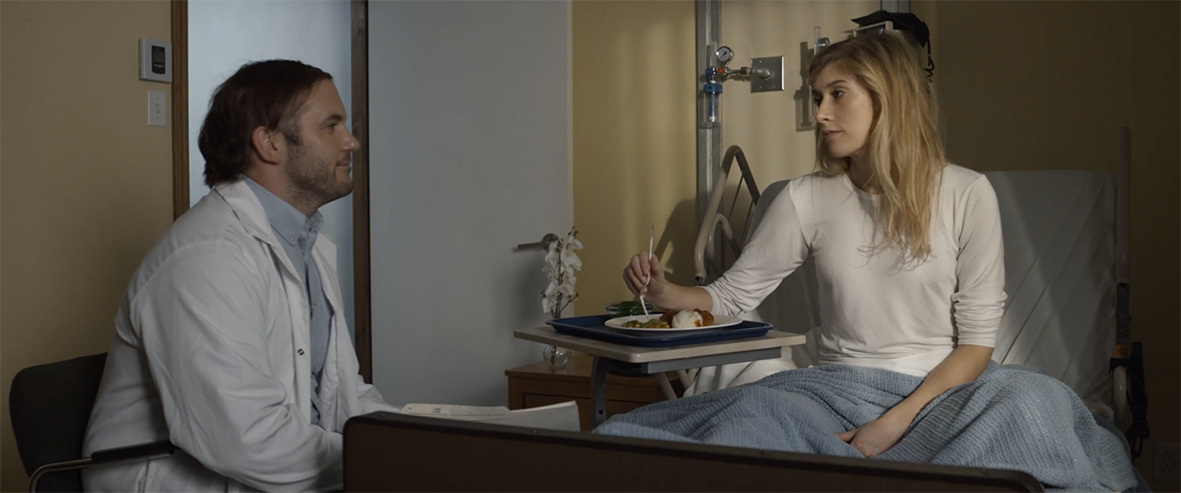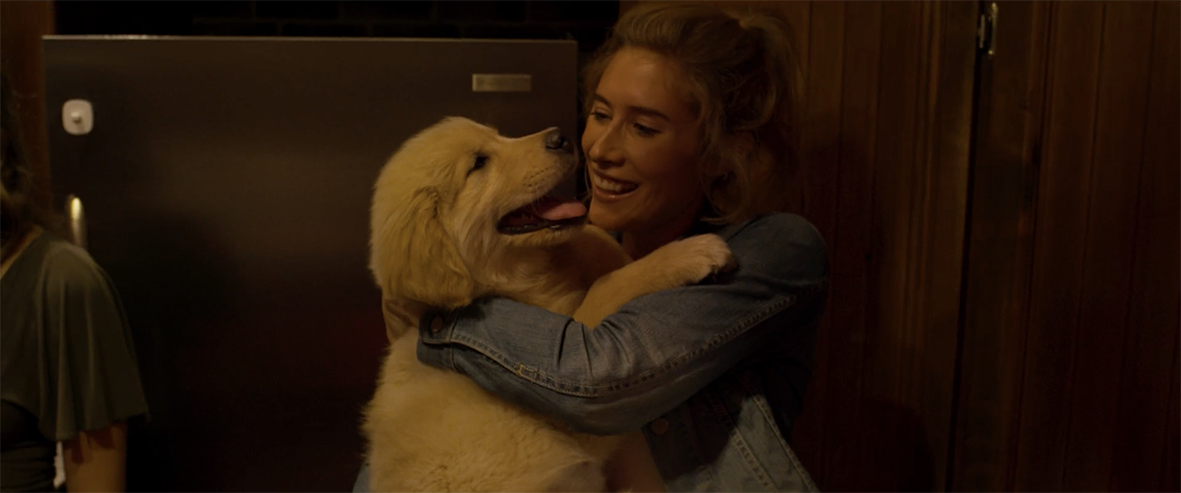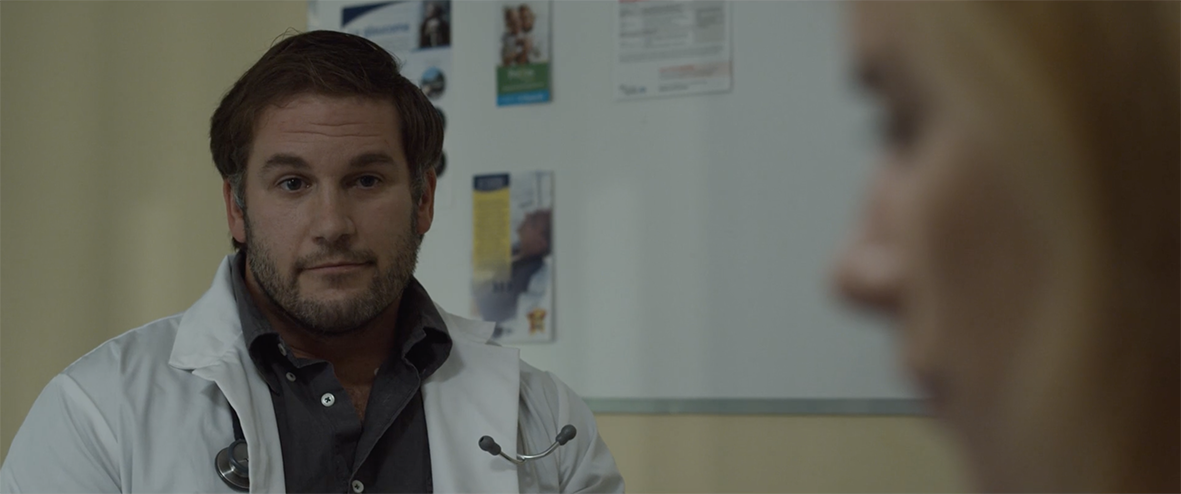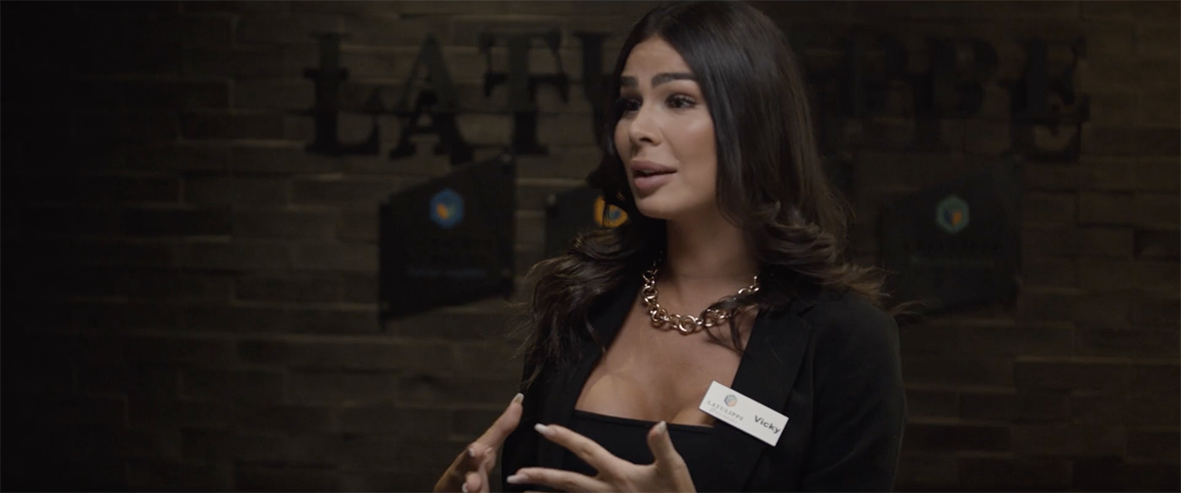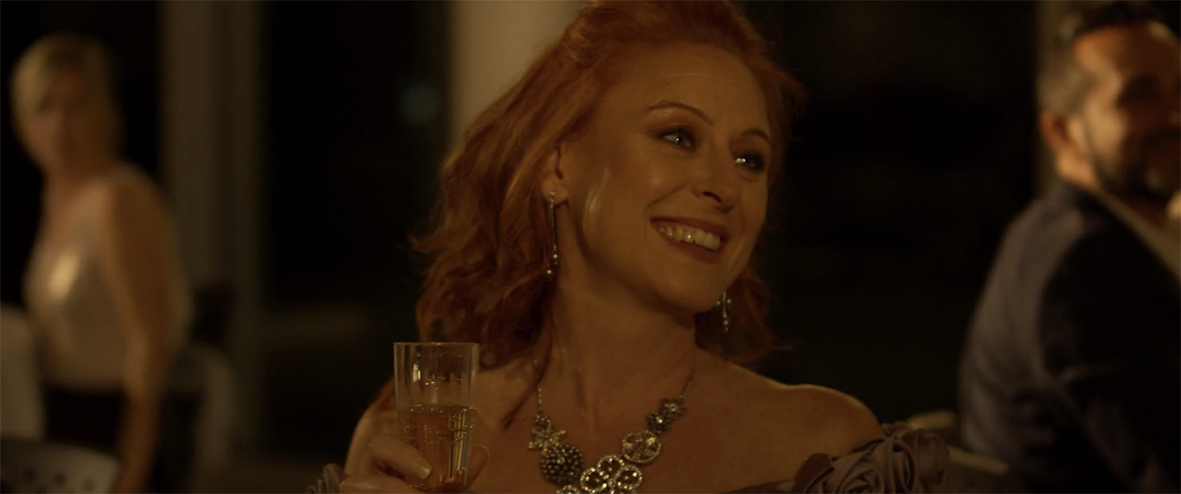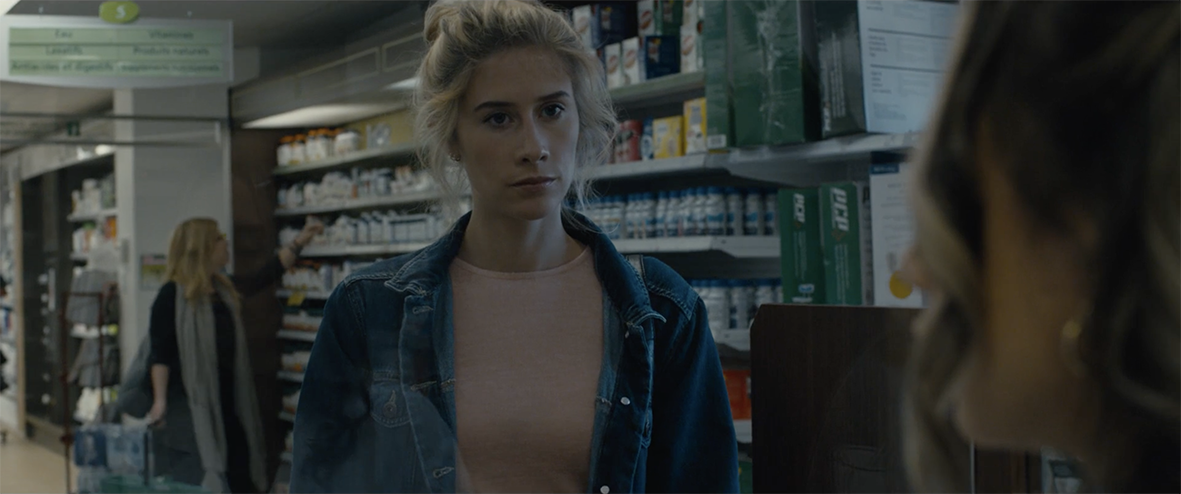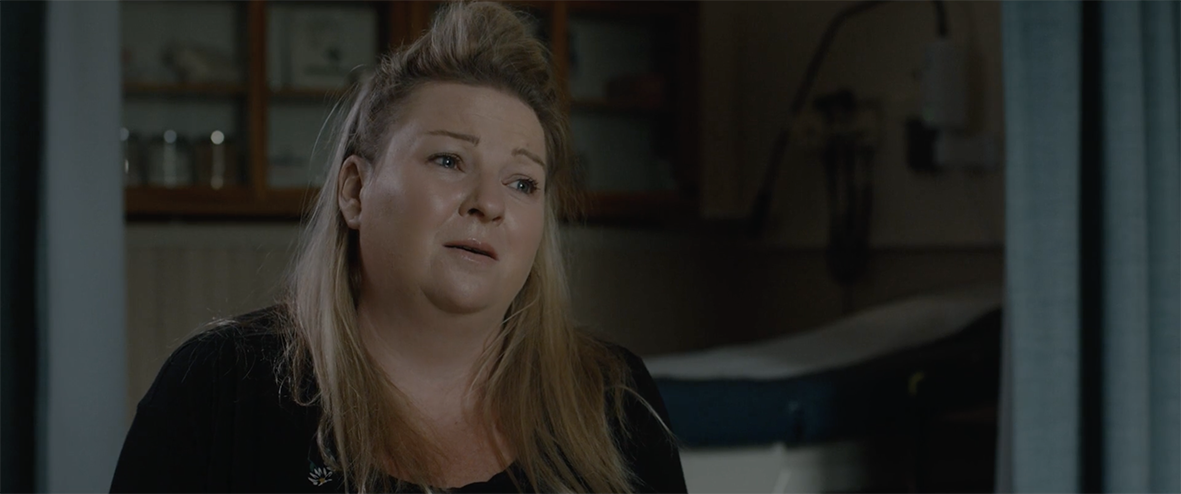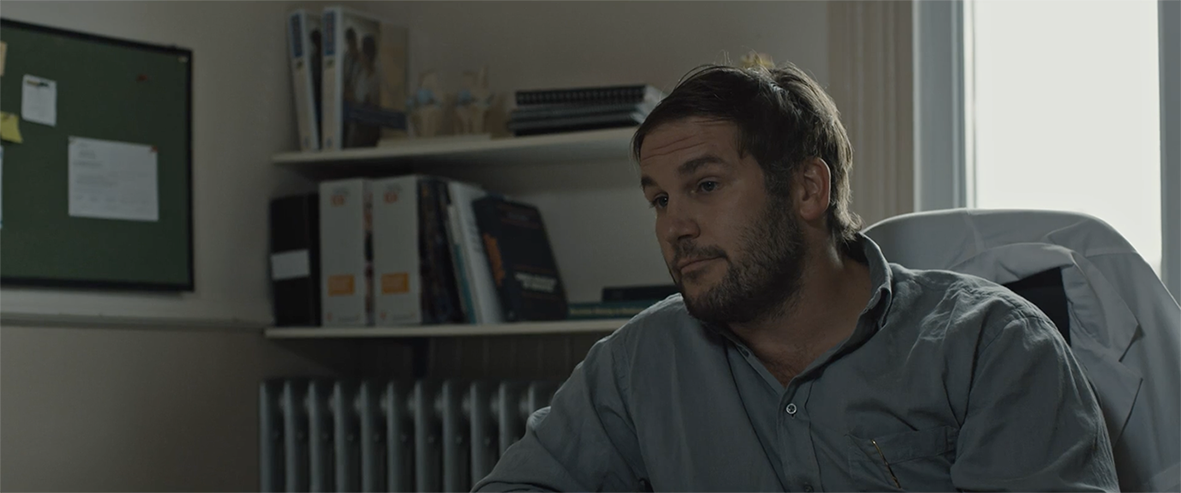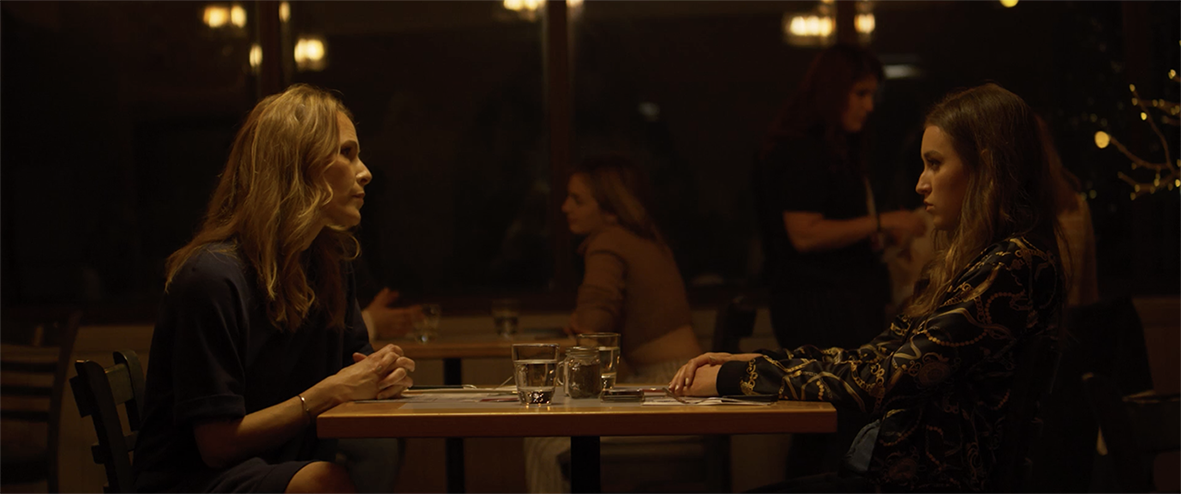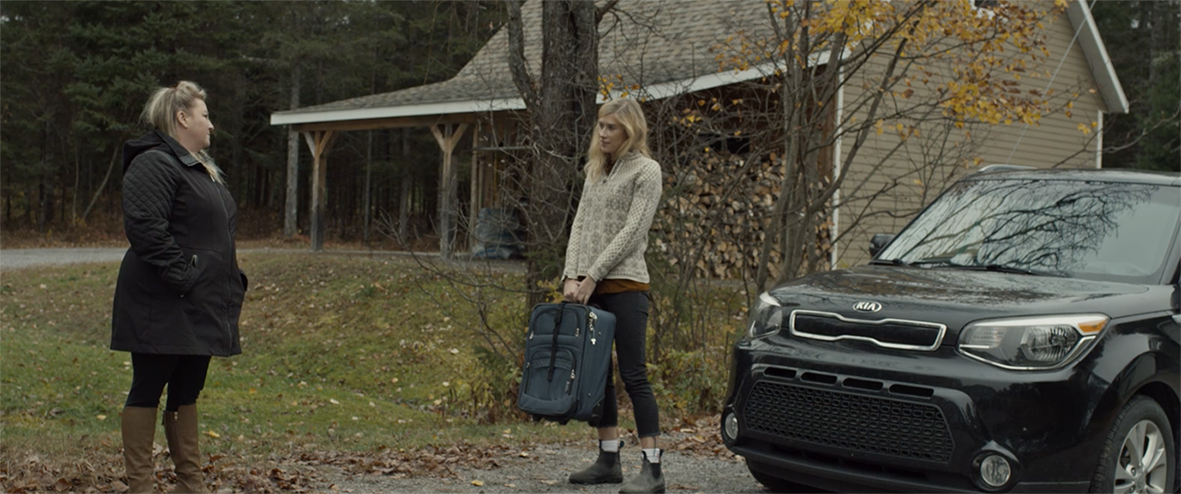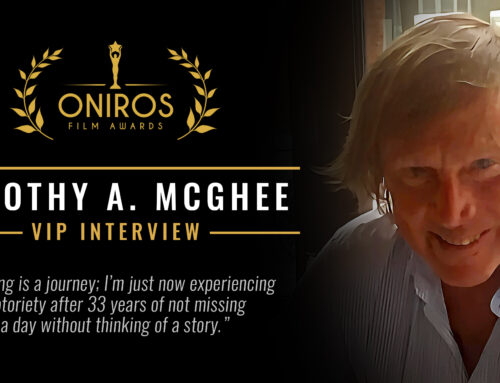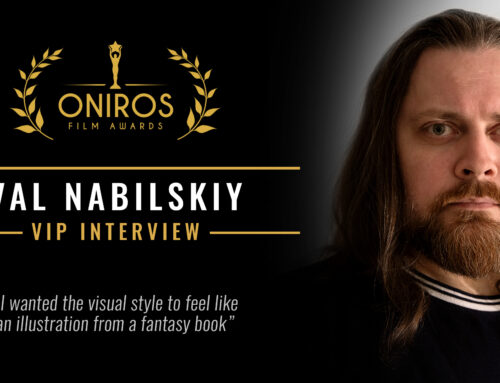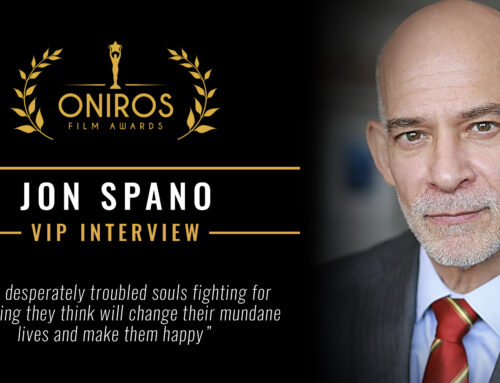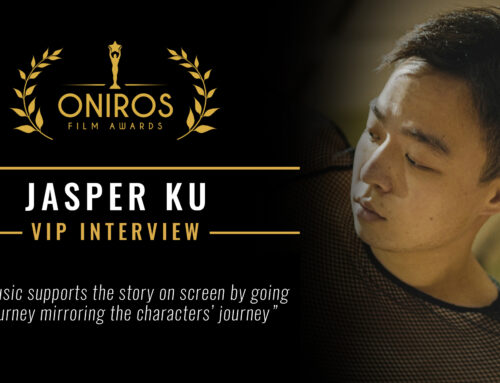BEYOND THE ONIROS FILM AWARDS®
VIP Interview with Philippe Cormier, writer and director of the feature film ‘Disturbed Heart’
by Alice Lussiana Parente
Today we present Philippe Cormier, the talented director of the feature film ‘Disturbed Heart’. In this interview, we talk about Philippe’s cinematic influences and inspirations, we dive into the character of Bénédicte, played by talented Rebecca Gibian, and discuss his work with the actress and the preparation necessary to achieve some of the most emotional and intense scenes. Enjoy!
1. Hi Philippe, it’s been a pleasure watching your film and congratulations on being an award winner at the Oniros Film Awards! Can you tell us when and why did you decide to become a filmmaker?
I haven’t been a filmmaker for very long. I started in 2019 with the writing of my first feature film, Lorsque le coeur dérange (Disturbed Heart, in English). The pandemic allowed me to focus on it full time, and then professional opportunities came up. My artistic identity has developed over time and my mission as a filmmaker is to demystify more delicate subjects, mainly mental health.
2. Which movies and/or directors inspire you the most?
In general, I am inspired by dramatic films with kind of darker themes. I like movies that inspire deep reactions like Swallow, by Carlo Mirabella-Davis or The Voyeurs, by Michael Mohan. For Disturbed Heart, I was inspired by the cinema of Darren Aronofsky for the disturbing universe and the particular aesthetic, in particular Black Swan and Mother! I also learned a lot from Tarantino.
3. Can you tell us more about the cinematic landscape in Canada and especially in Quebec?
Quebec cinema is not afraid to dare. We allow ourselves to go into less covered themes and we deal with current issues that we want to destigmatize and demystify. Since the beginning of Quebec cinema, we’ve been dealing with all genres, whether it’s drama, comedy, a mix of both, period pieces and we are even starting to see horror movies getting more popular. Since 2010, we have had an author cinema that speaks to me a lot, with committed filmmakers, notably Xavier Dolan, Monia Chokri, Sophie Dupuis, Anaïs Barbeau-Lavalette, etc. I also find that we have great expertise in short films.
4. There are a few moments that reminded me of Pieces of a Woman by Kornél Mundruczó with Vanessa Kirby, maybe because of the resemblance between the two actresses, perhaps because of the thematic of “overcoming drama” as a woman or because of the similar colors in the poster. Is there a connection between the two films?
Wow! I’ll take that as a compliment, because it’s a great movie and Vanessa Kirby is incredible in this role. The funny thing is I saw this movie after I was done shooting Disturbed Heart. Looking back, it is true that the psychological distress of the two women can be similar, even if one is in shock after the death of her baby in childbirth and the other is in shock after a robbery that went wrong. The themes of relationships issues and the vision of an ideal life are also present in both films. Regarding the posters, I opted for a simplistic portrait on a beige background to represent the elegance of a woman who will live through unfortunate events, which could also fit the themes of Pieces of a Woman too.
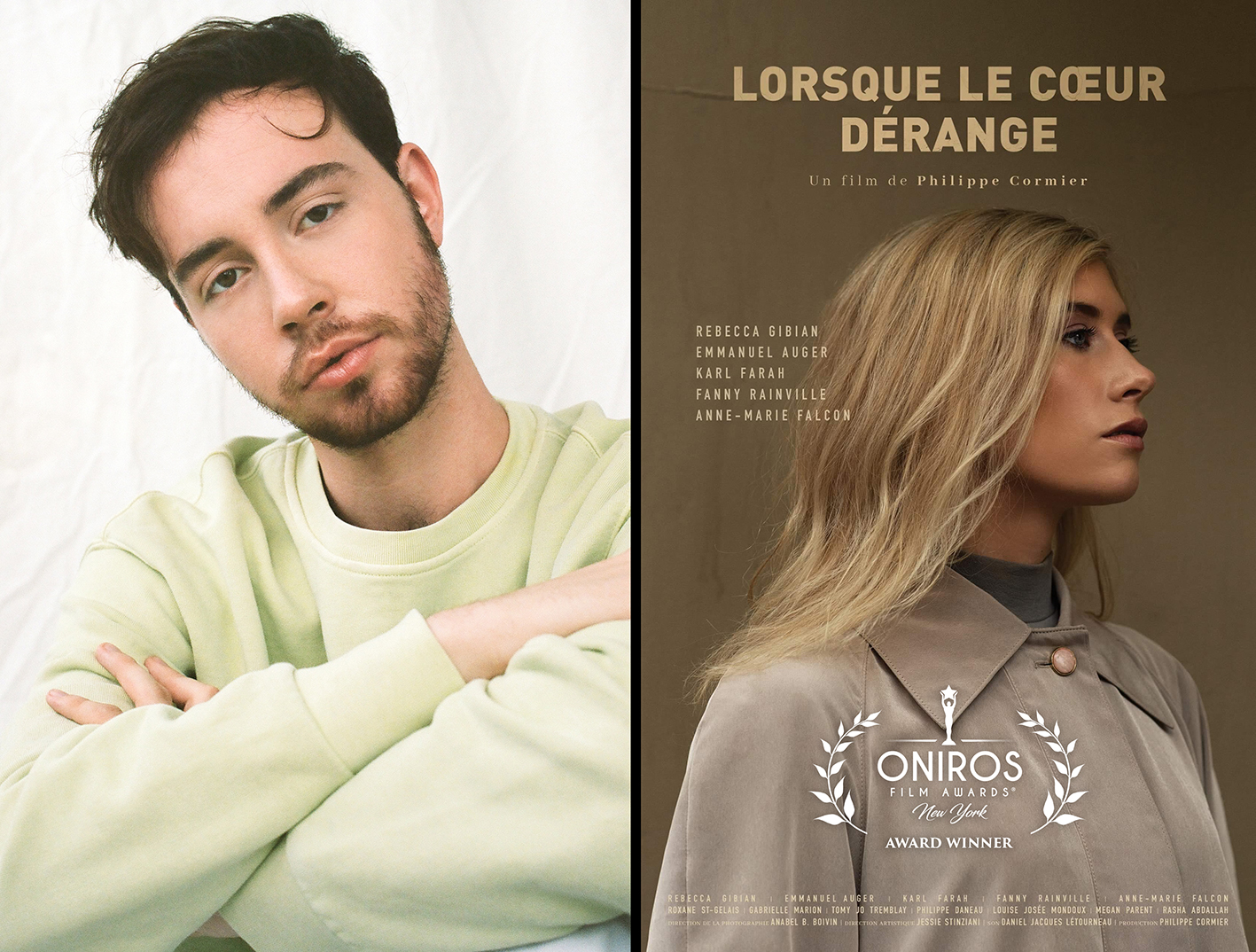
Philippe Cormier director of the feature film ‘Lorsque le Coeur Dérange – Disturbed Heart’– www.instagram.com/lorsquelecoeurderange
5. Can you tell us more about the team involved in the production?
I wanted to put youth talents forward. All of us were between 19 and 35 years old and I was 20 at the time of filming. Despite the hurdles and other difficulties of a first production, most of my memories are associated with positive events. Some people and I have remained very close after the movie.
6. What is the message you want to communicate to the audience through your movie?
I used a non-linear format so that the audience could live an experience that mixes confusion and worry, like the character of Bénédicte, played by Rebecca Gibian. I wanted to share very real issues people have with mental health like psychosis, psychological distress, suicide and grief which are sometimes overlooked as ‘’craziness’’ in bigger films. I wanted to show the reality of a woman who is not believed by those closest to her and who is going through difficult episodes, further highlighted by her broken family dynamic and a deep desire to understand what happened to her.
7. What were the most challenging scenes to film technically and emotionally?
Technically, the robbery scene was the most difficult to shoot. It was our first day of shooting, in a real pharmacy. The scene featured plenty of shots that included camera and character movements, with VFX makeup, props we have to manipulate, and close-up scenes that defied public health guidelines in regard to the COVID-19 pandemic. Emotionally, the final scene was the most difficult I think for me and Rebecca. We discussed this scene for weeks and the script changed a lot. We wanted to end with this big dramatic moment in the asylum but also leave room for some interpretation on the viewer’s part. She played it in an amazing way.
Backstage from ‘Lorsque le Coeur Dérange – Disturbed Heart’– www.instagram.com/lorsquelecoeurderange
8. Do you feel the music score of the movie serves as a character in the story or did you choose to use it more to create tension, drama, and circumstances in the film?
Very good question! I think the music establishes the somewhat dark and eerie universe we’re in, but also supports all the stages the main character goes through. For reference, the music from Interstellar, composed by Hans Zimmer, was sent to the music composer, Lauren Bélec, who made sure score carried the confusion and emotions experienced by the characters throughout the film.
9. Robberies gone wrong are unfortunately very common. Is the story inspired by true events?
No. The robbery is purely fictional but helps to start the film strong in a relatable way. It also serves the movie in the sense that it starts up as something (too) common but takes a more mysterious turn as the story unfolds.
10. I particularly enjoyed the way the movie highlights the fact that victims, especially women are very often not taken seriously. Many studies report how women’s mental illnesses or learning disabilities are often underdiagnosed. As an audience member I really emphasized with the character of Bénédicte. How did you work, from a director point of view, on this specific aspect of the script?
It is true that even though some characters have benevolent intentions, like the doctor (Karl Farah) and Chahrazad (Rasha Abdallah), they have a hard time taking her seriously. There is also her sister Marjorie (Fanny Rainville) who tries to be understanding, but ultimately fails, highlighting the struggle lots of people have with having their mental health issues validated as more than something they should get over by those closest to them, top on of dealing with dismissal from her mother and boyfriend. We also wanted to include confrontational characters like her mother and her boyfriend to show the dismissal often gfaced while discussing mental health issues. I worked on the character of Bénédicte, her past and her desires, upstream with Rebecca. Both had to have a special connection and we had to agree together on the character’s motivations. To build up the character, we met someone with a schizophrenic disorder who told us about his experience. We also used flash sideways, like the show LOST by J.J Abrahams, to show Marilou (Megan Parent), Bénédicte’s niece, struggling to share her own issues even while trying to be part of Bénédicte’s universe.
11. There are many sequences that open with a shot of a betta fish, which are known to be very intelligent fish, swimming in a tank. What was the message you wanted to communicate with these shots?
It’s exactly that. We even see the betta fish attempting to rise to the surface, as Bénédicte tries to do throughout the film. The betta was not originally planned and was added on set. It was also a way to make separation between the two universes without being too obvious and serves as a reveal later in Marilou’s bedroom.
12. What do you think are the toughest aspects of making a film today?
I think the most difficult part is dealing with sensitive subjects without getting trapped into a cliché or misrepresenting real issues. You have to that while also having and approach that is not conventional, in order to stand out and get your message across. The tip I can give is to have the script read by other people who work in scriptwriting and the fields you’re covering in your movie to get their point of view.
13. What’s next for you? What are you working on right now?
My second feature film is currently in post-production in Montreal. It is called ‘’Le purgatoire des intimes’’ (Purgatory in English) and deals with loneliness and post-traumatic shock in a 55-year-old man who finds himself in problematic relationships with the women around him following the death of his mother. The film sees itself as a psychological drama and deals a lot with sex work and mental health. I’m also working on the script for my third feature film, with which I want to explore the themes of paranoia and revenge.


